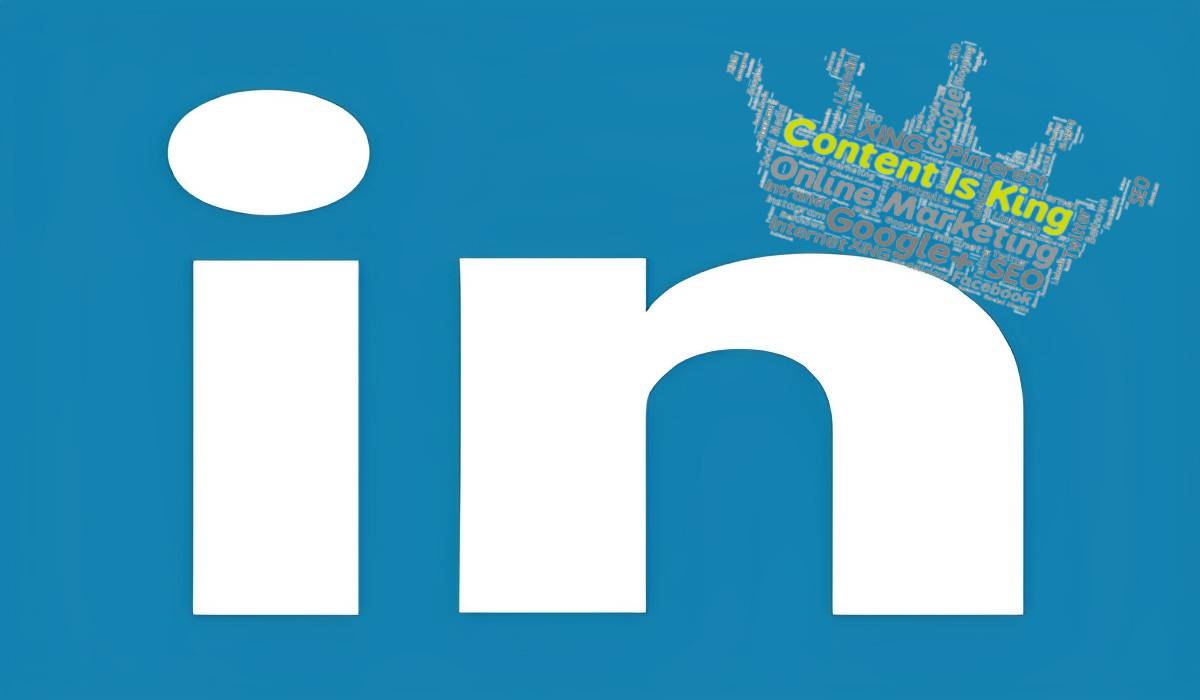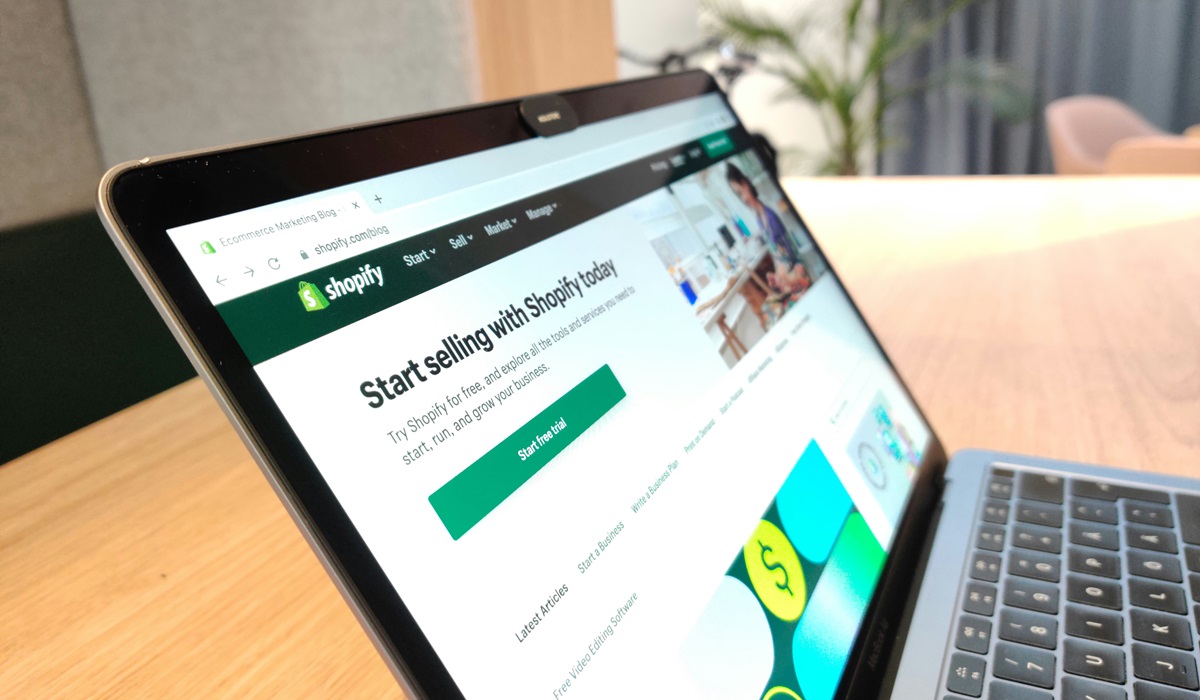LinkedIn, once hailed as a professional networking platform where job seekers could connect meaningfully and explore career opportunities, seems to be undergoing a transformation. What was once a platform focused on fostering genuine professional connections and job searches now appears to be struggling under the weight of incessant spam messages and automated solicitations.
Originally launched in 2003, LinkedIn was envisioned as a platform that would connect professionals and facilitate job searches more efficiently and personally. Over the years, it maintained its reputation as a valuable tool for networking, with users able to showcase their resumes, connect with colleagues, and seek employment opportunities. However, recent trends have raised questions about whether the platform is moving away from its core principles.
One of the most noticeable changes on LinkedIn has been the influx of automated messages and connection requests from bots. These automated scripts often scrape user profiles, sending out generic connection requests and subsequent messages promoting various services. While automation can be efficient for businesses, the flood of impersonal and irrelevant messages has left many users frustrated.
LinkedIn’s initial allure was the opportunity to connect with like-minded professionals, engage in meaningful discussions, and discover career prospects. Today, the platform seems to be transforming into a marketplace of aggressive self-promotion. Users are bombarded with messages offering website redesigns, SEO services, app development, marketing assistance, and other business-related services, regardless of their actual needs.
The constant barrage of unsolicited messages has led to a significant burden on users who genuinely use LinkedIn for professional purposes. The need to sift through countless irrelevant messages to find meaningful interactions can be time-consuming and discouraging. This shift threatens to undermine the very essence of the platform, which was designed to provide a space for authentic professional engagement.
Compounding the issue is the challenge of managing these spam messages. Unlike many other messaging platforms, LinkedIn lacks an easy and straightforward way to bulk delete messages. Users are forced to navigate through a convoluted process just to clear their inbox of unwanted solicitations, adding to the frustration.
It’s important to acknowledge that the drive behind this influx of spam is often rooted in the legitimate desire of businesses and individuals to promote their services and connect with potential clients. After all, LinkedIn is also a business platform where individuals seek opportunities to grow their ventures. However, the current saturation of spam messages raises concerns about the platform’s overall user experience.
The transformation of LinkedIn from a professional networking haven to a breeding ground for unsolicited spam messages is a worrying trend. While businesses and individuals have every right to market their offerings, it’s crucial for LinkedIn to strike a balance that preserves the platform’s original purpose and provides a more meaningful experience for its users. As the platform evolves, it’s imperative for LinkedIn to address these concerns and find ways to maintain its reputation as a space for genuine networking and professional growth.









